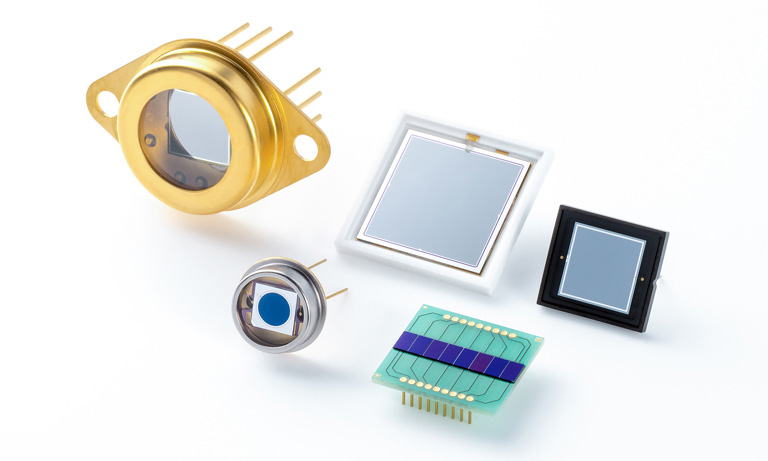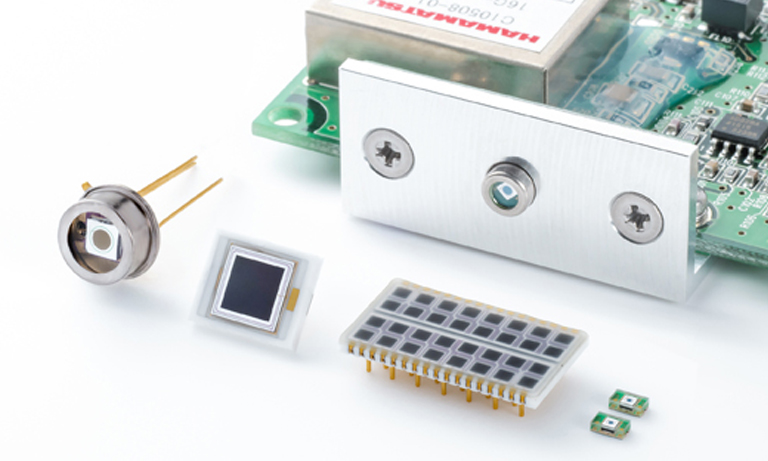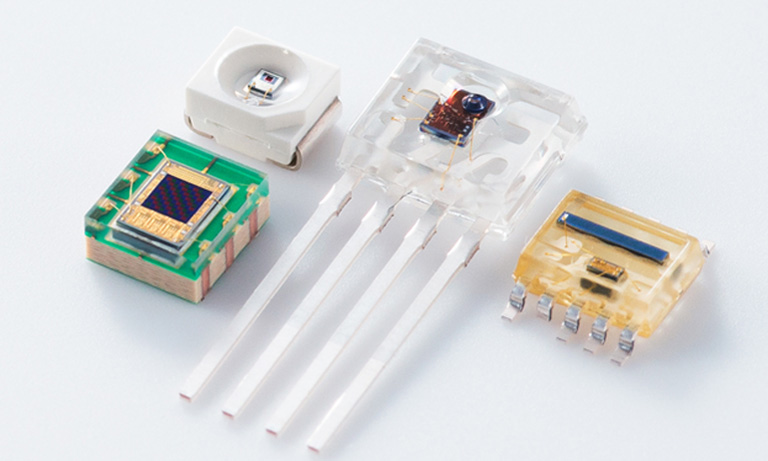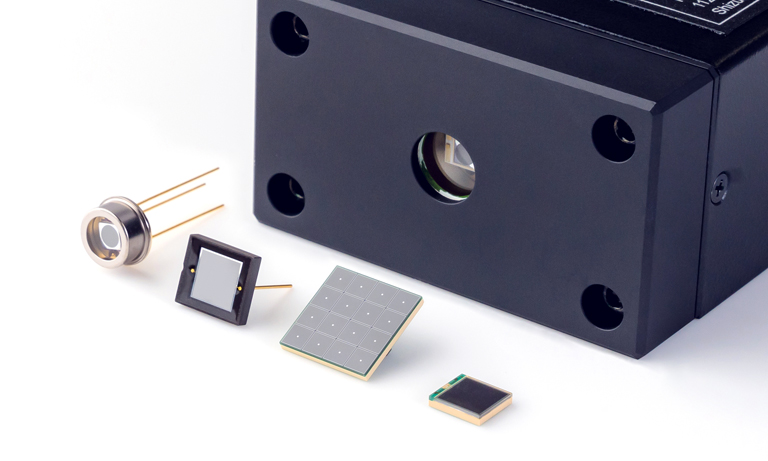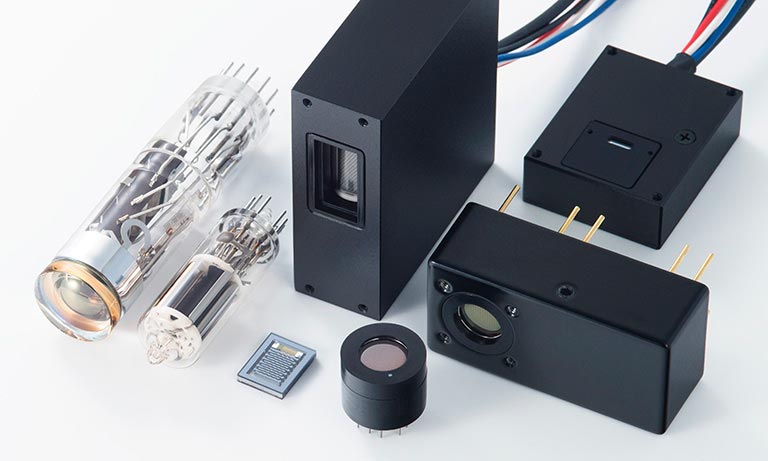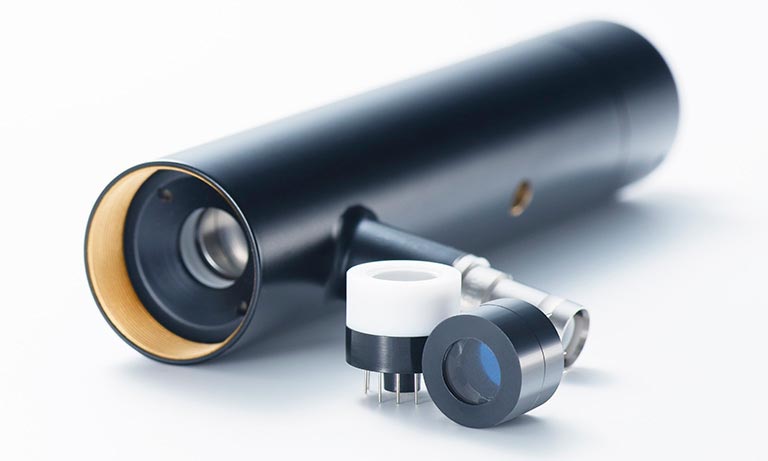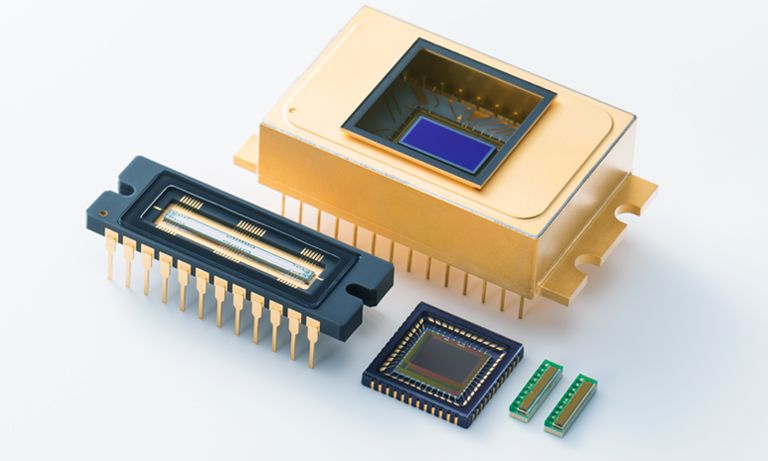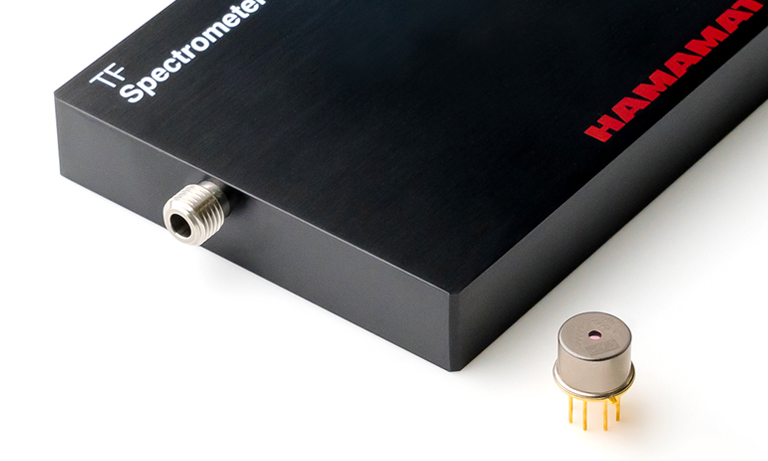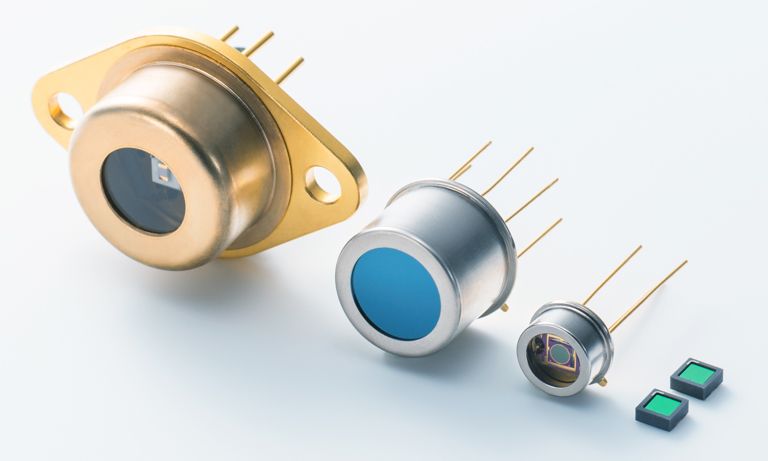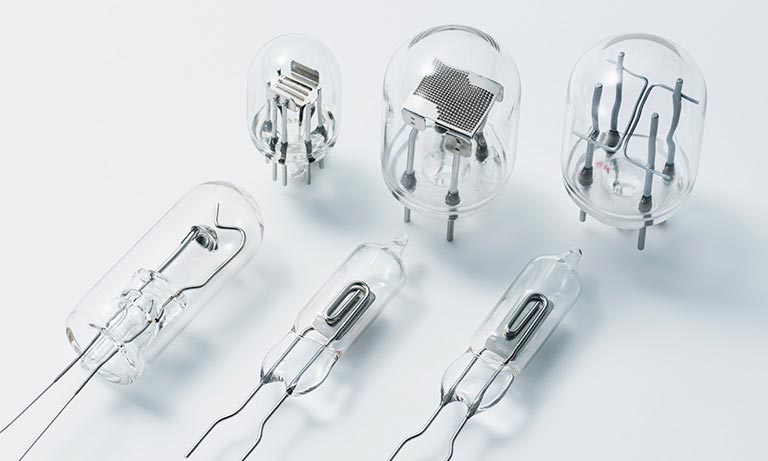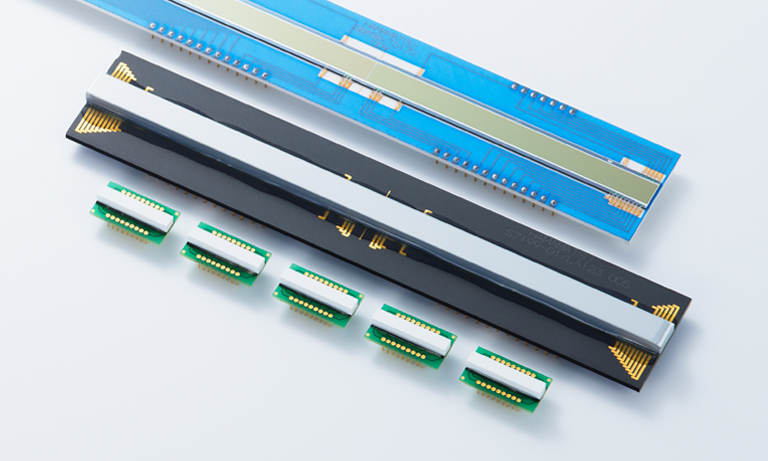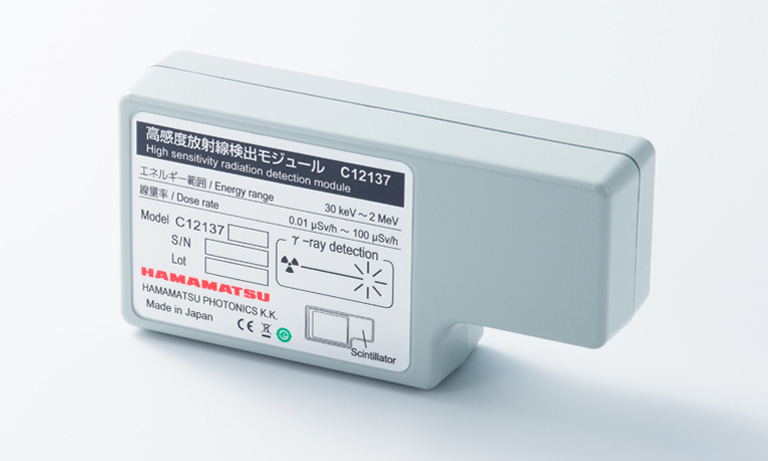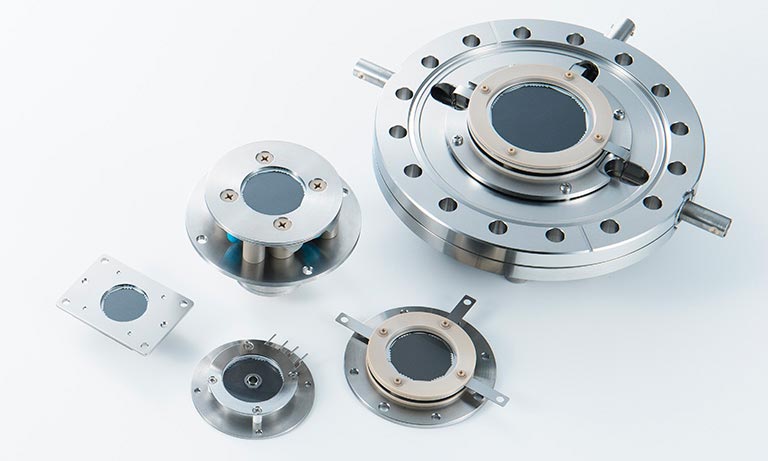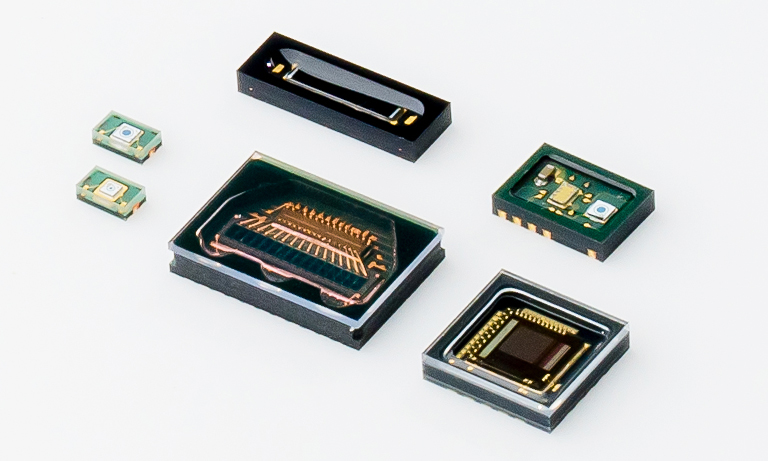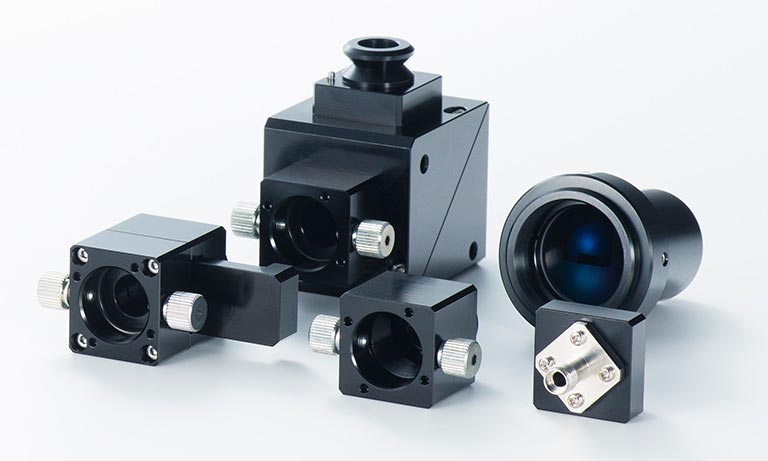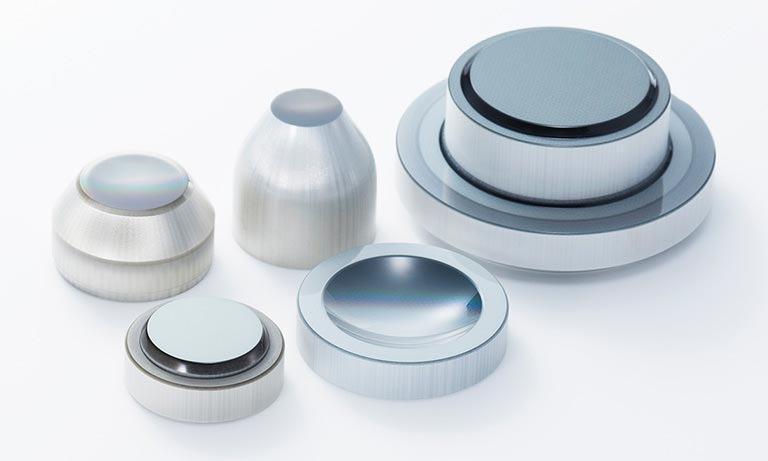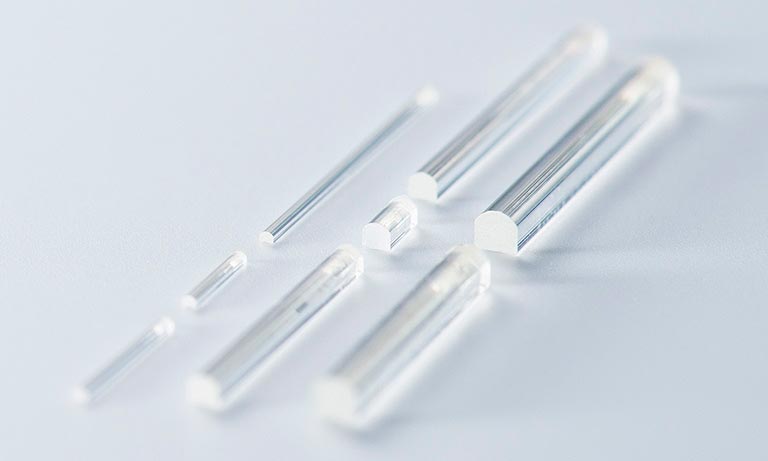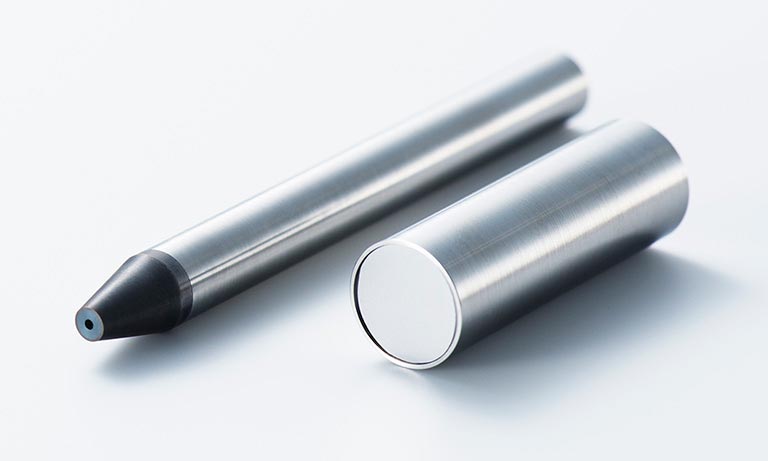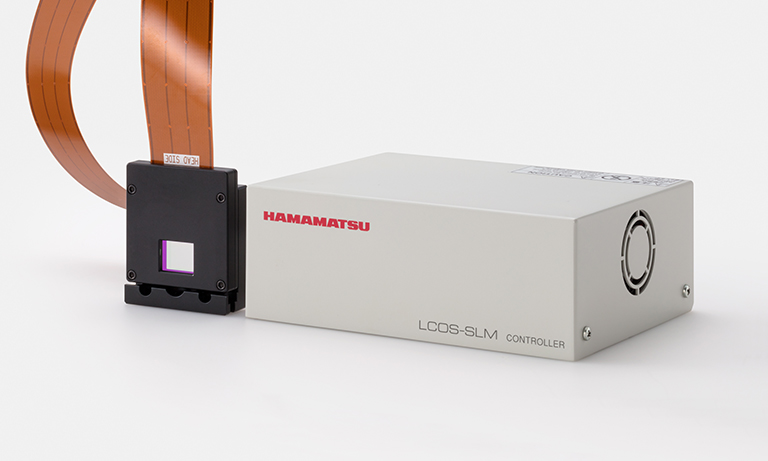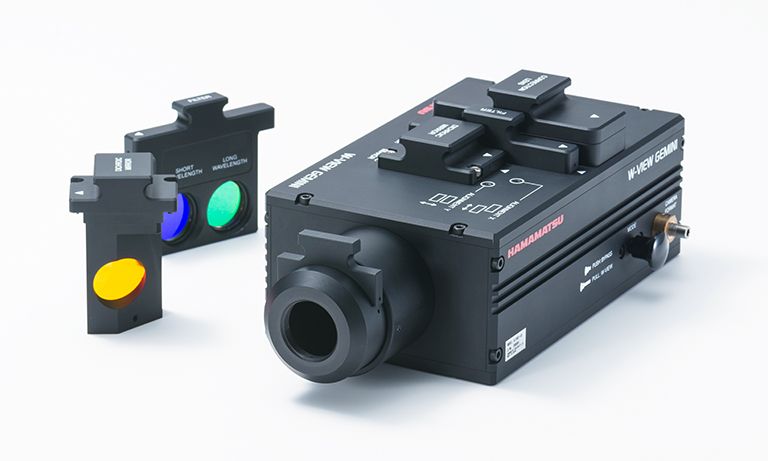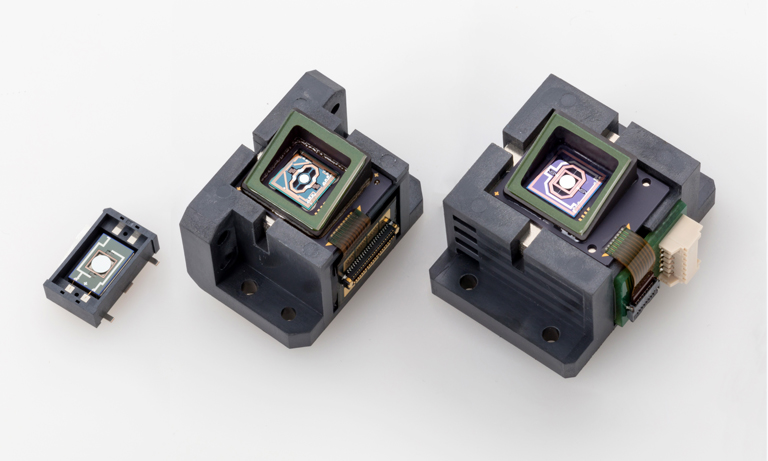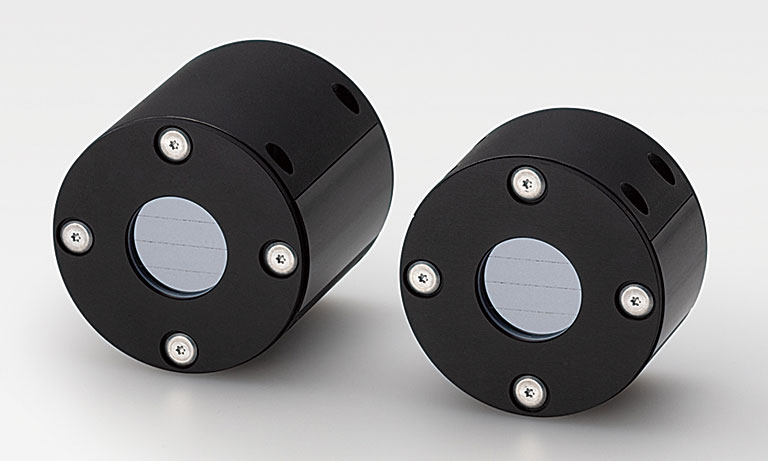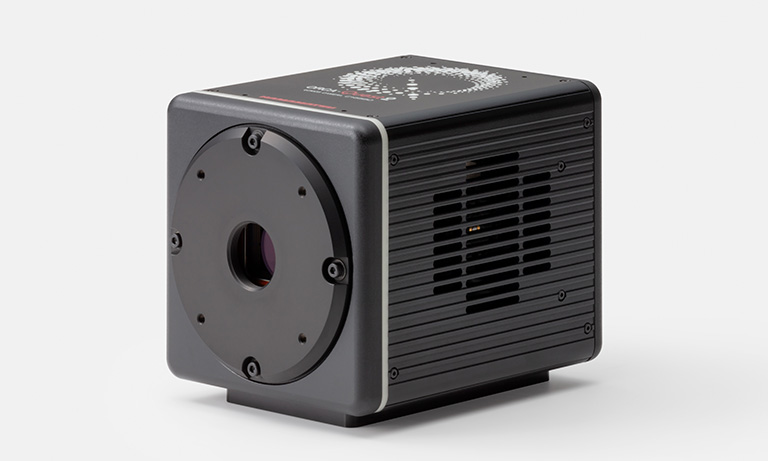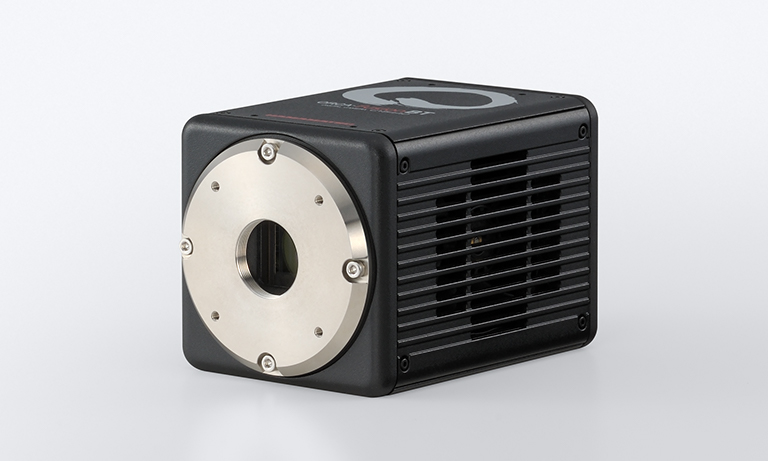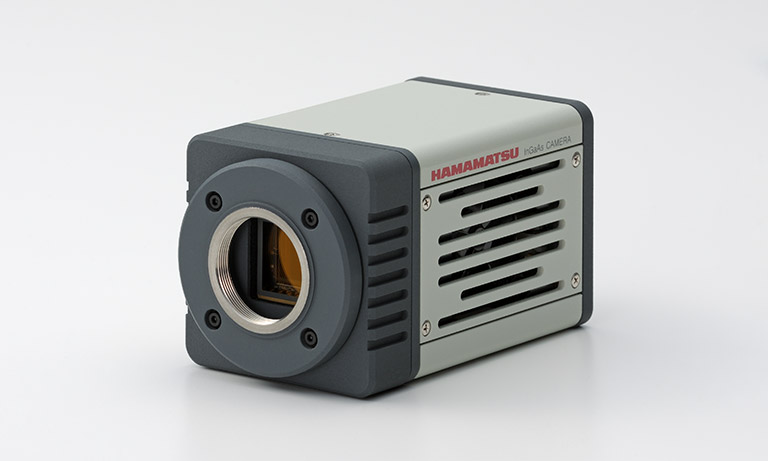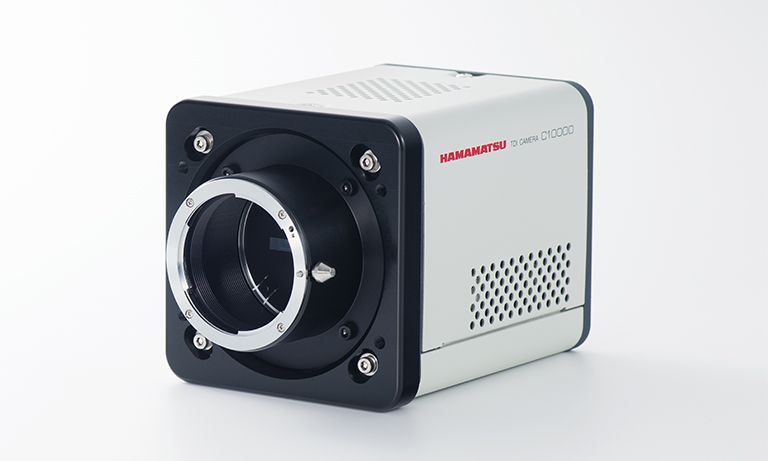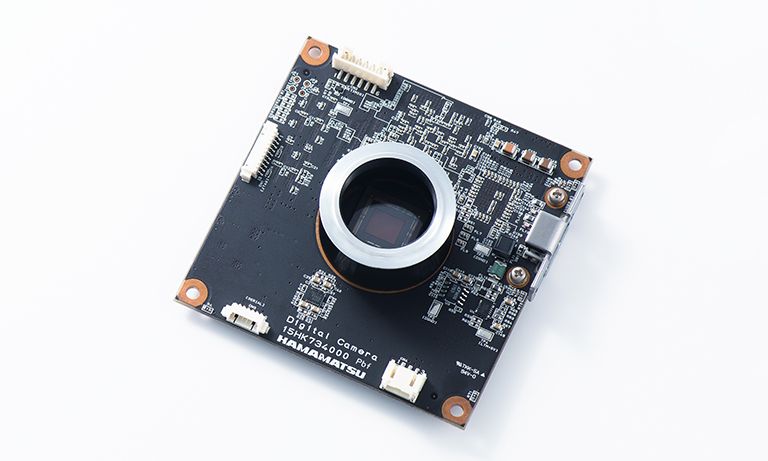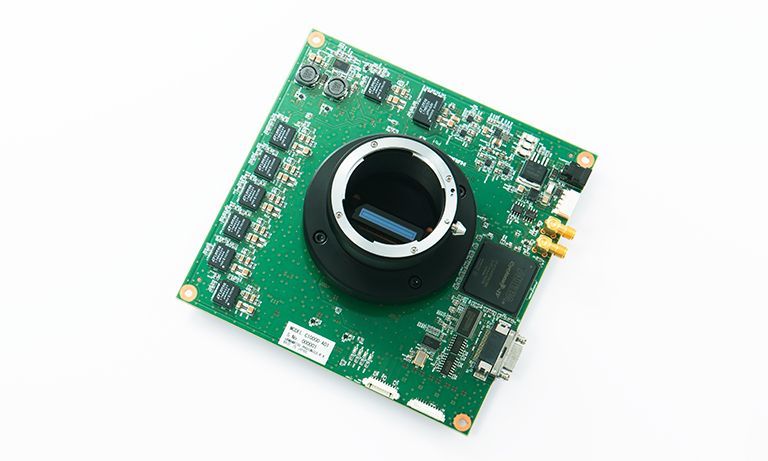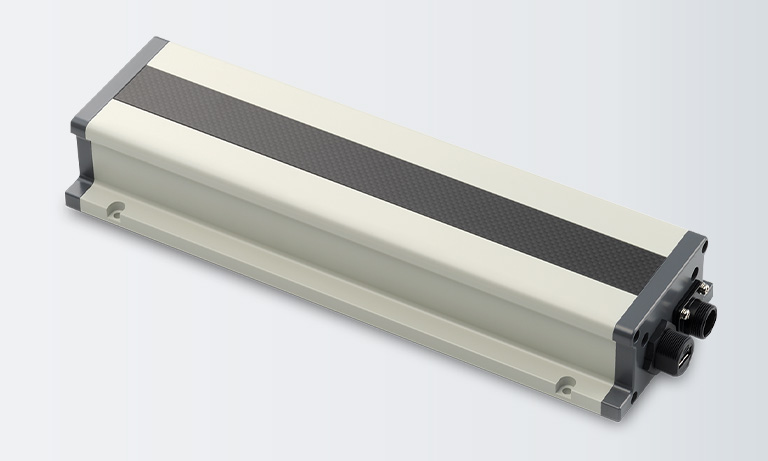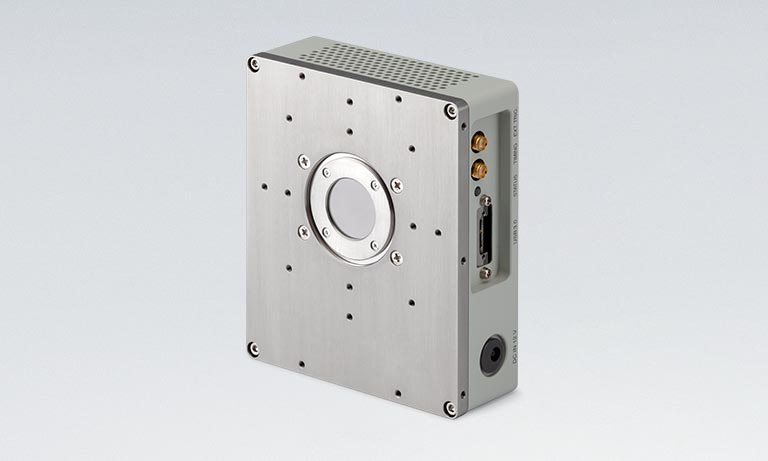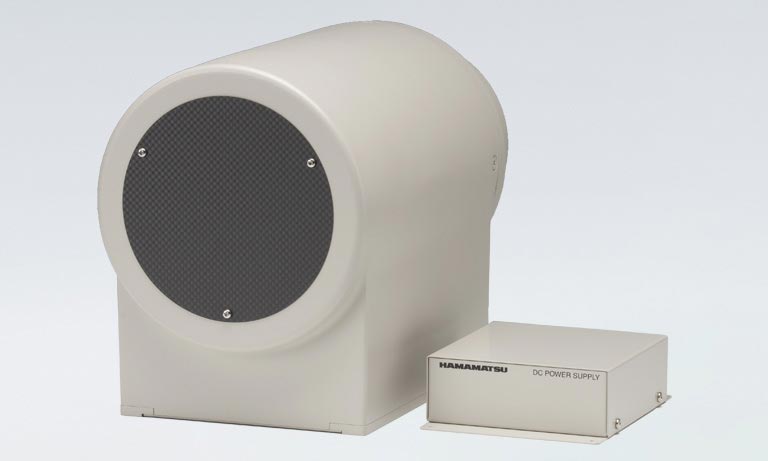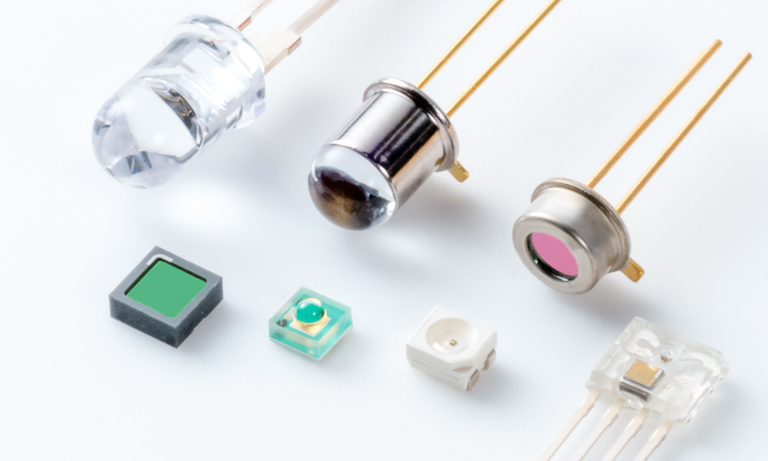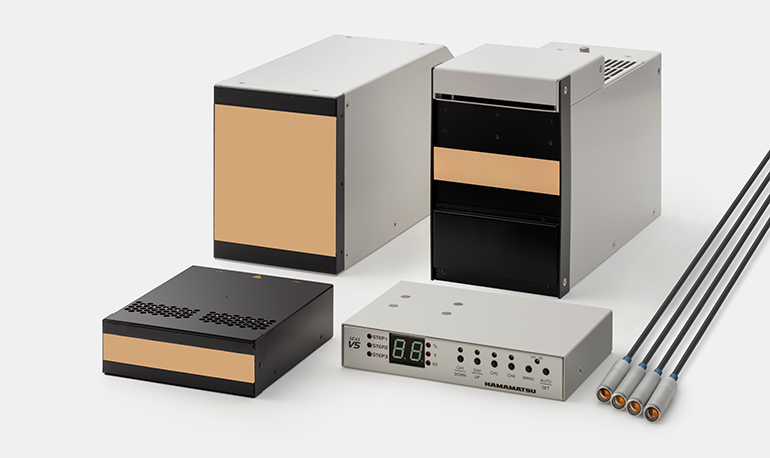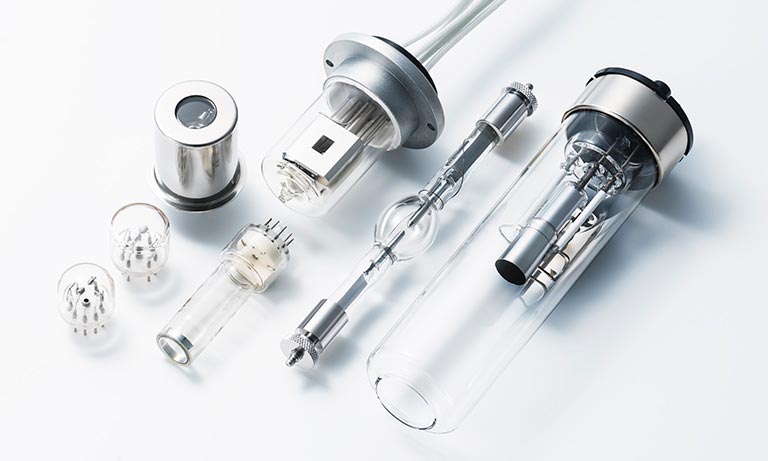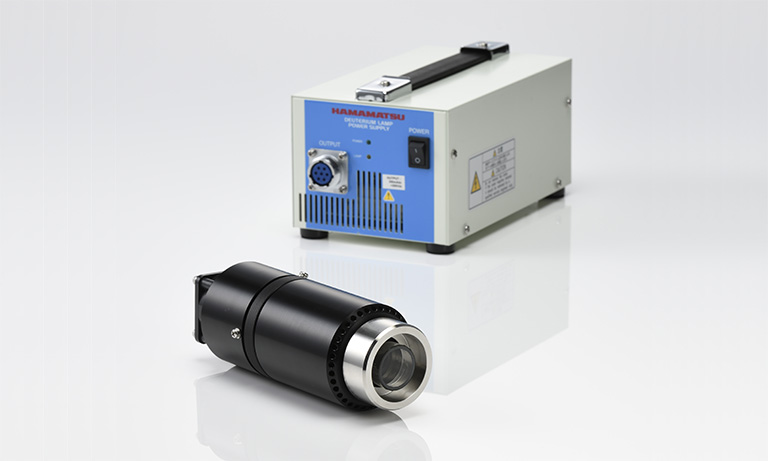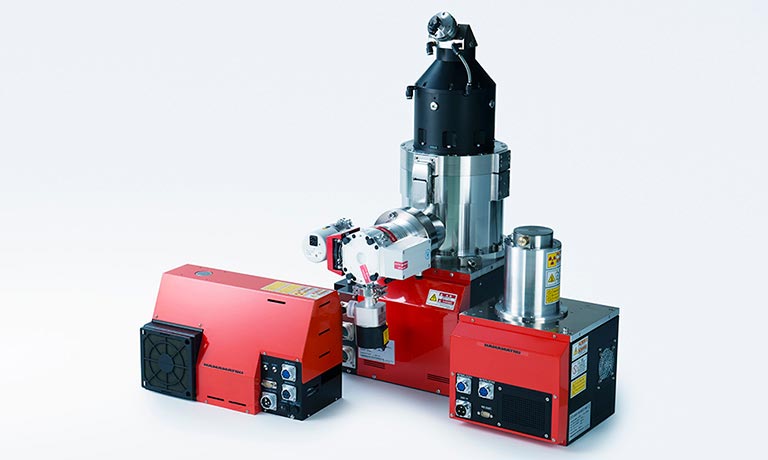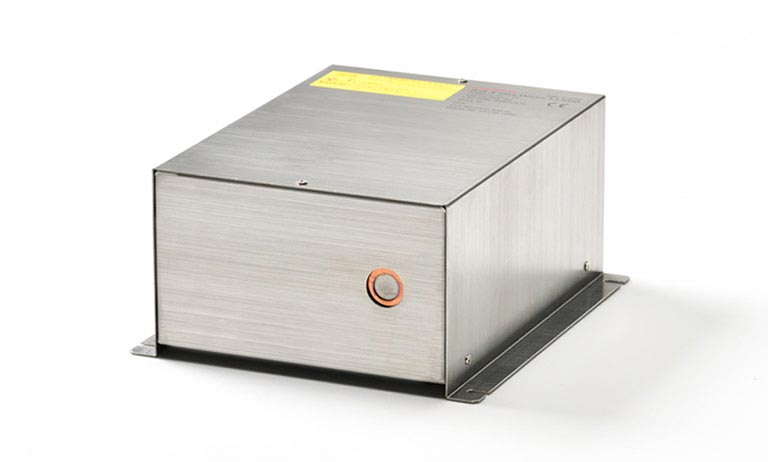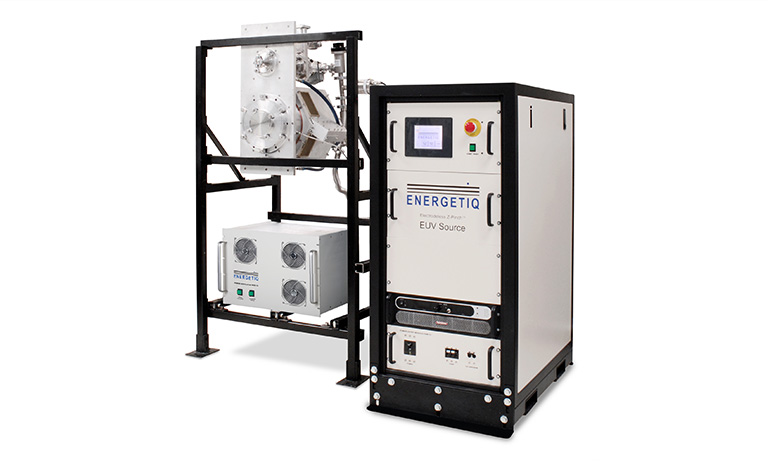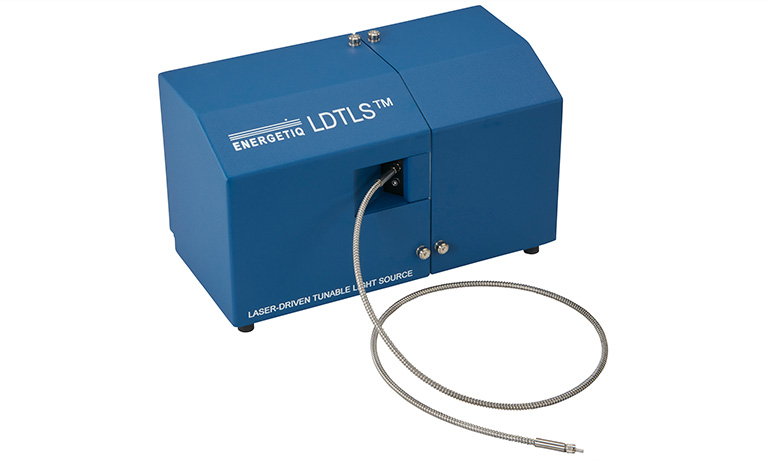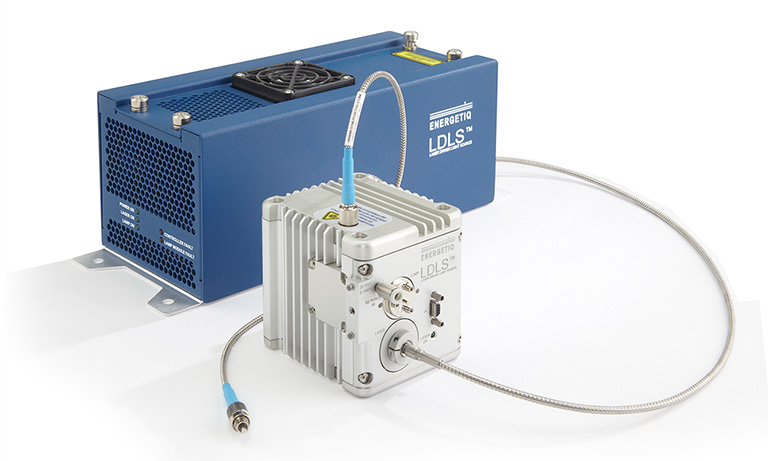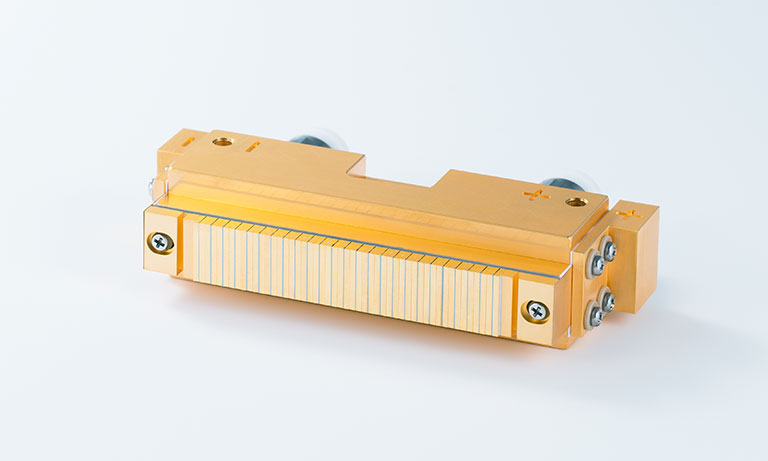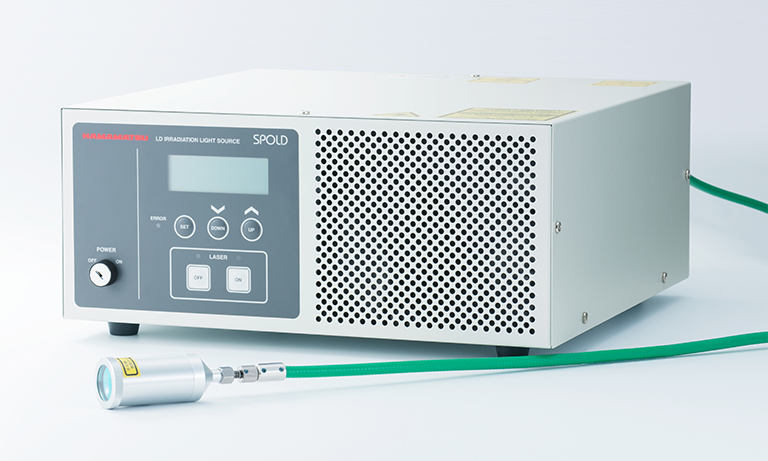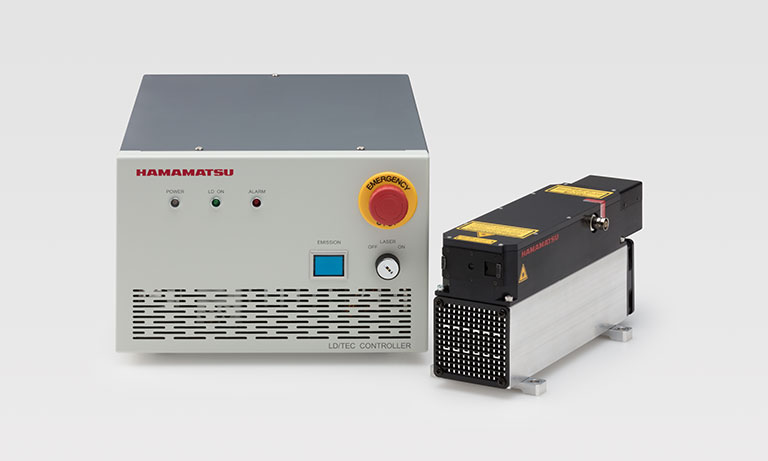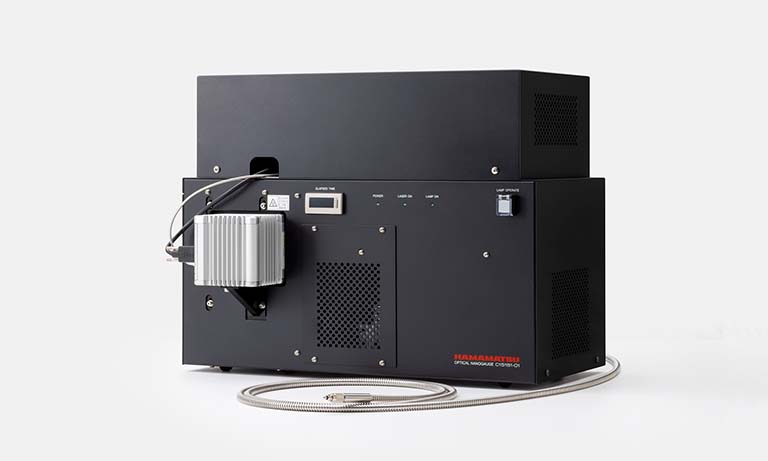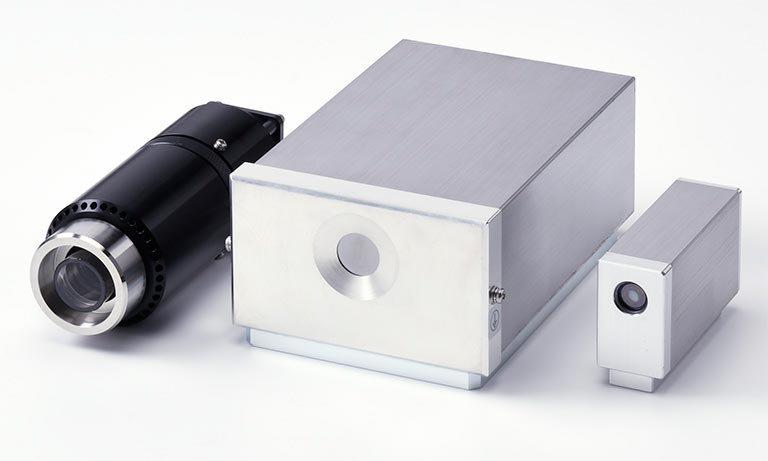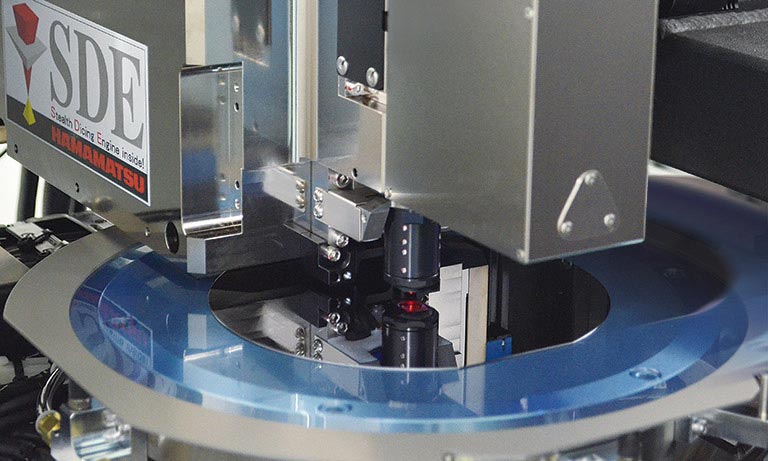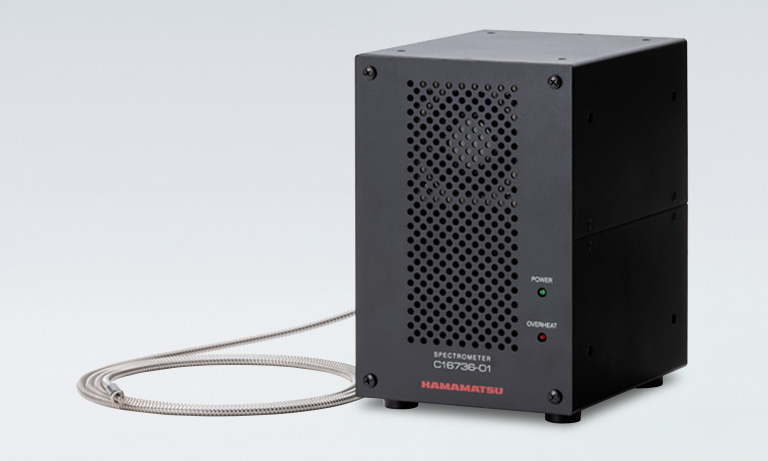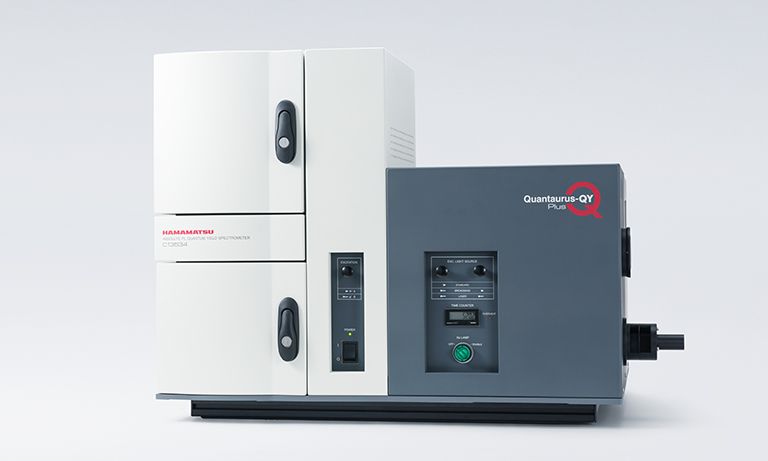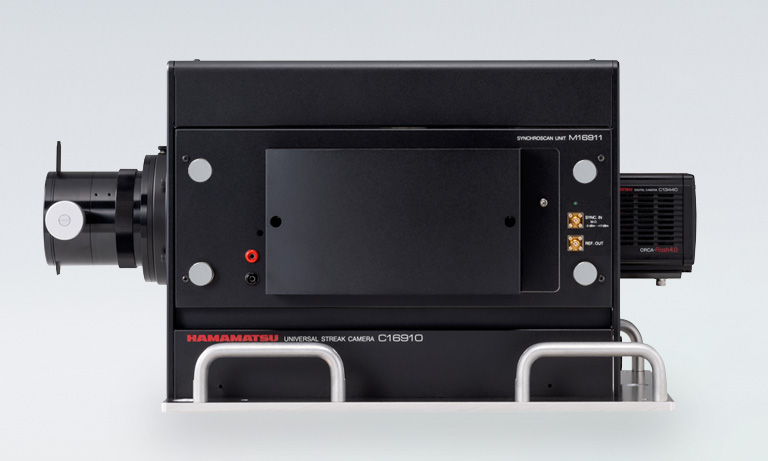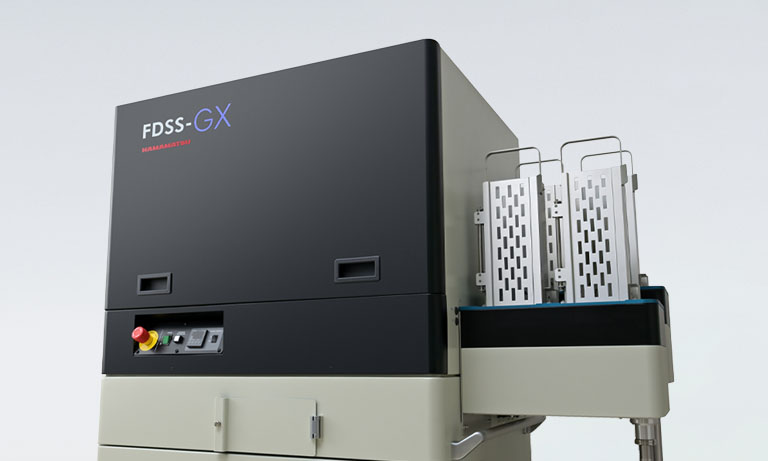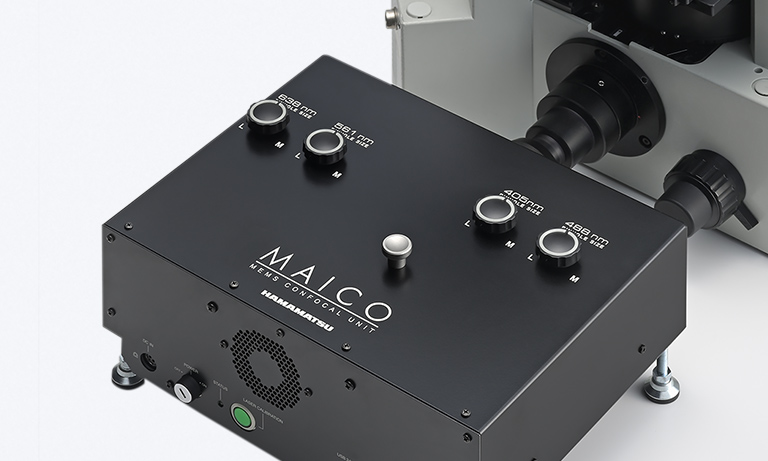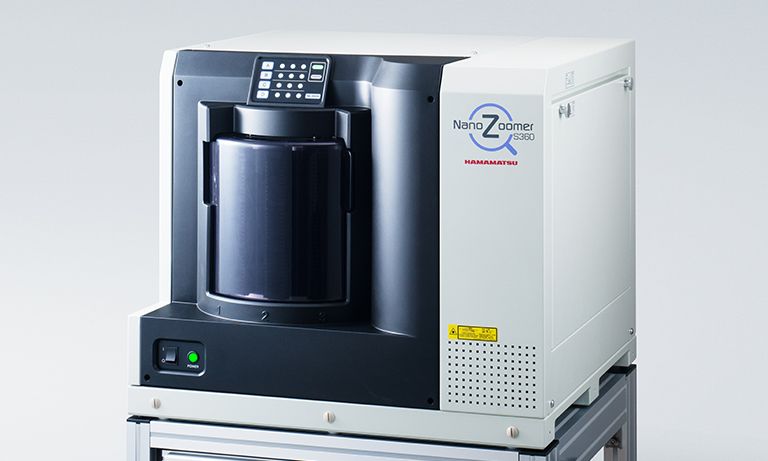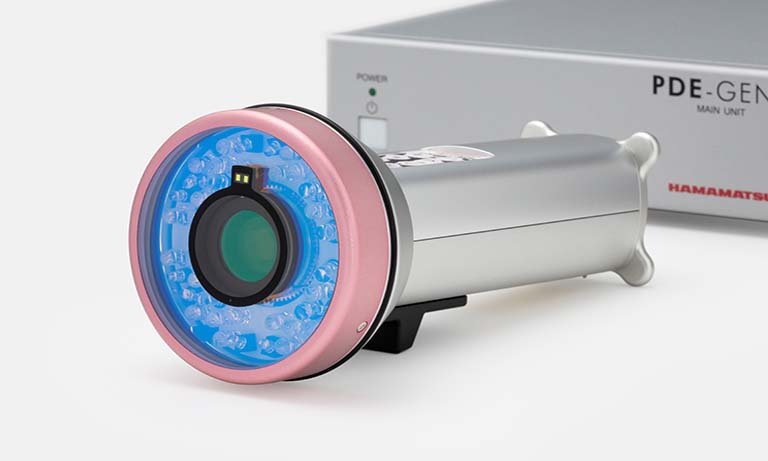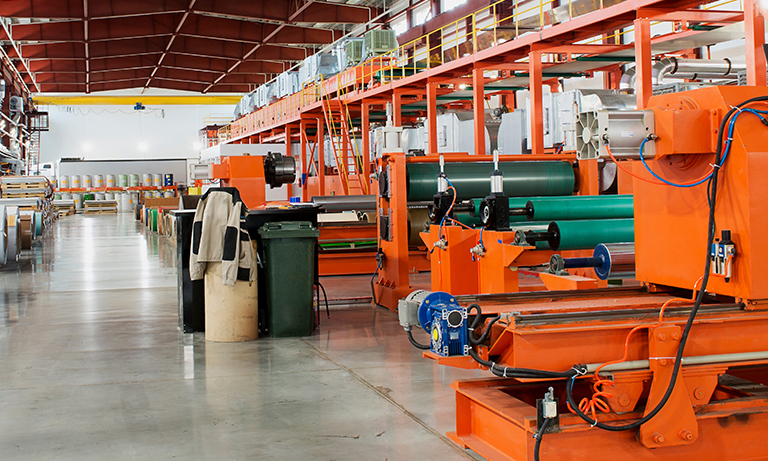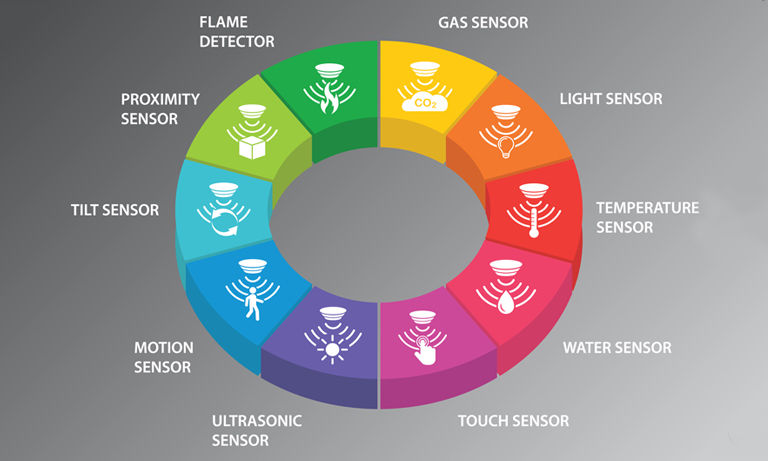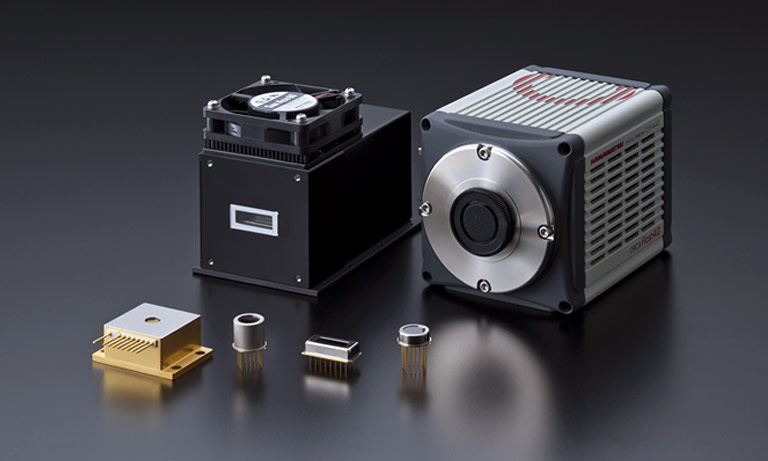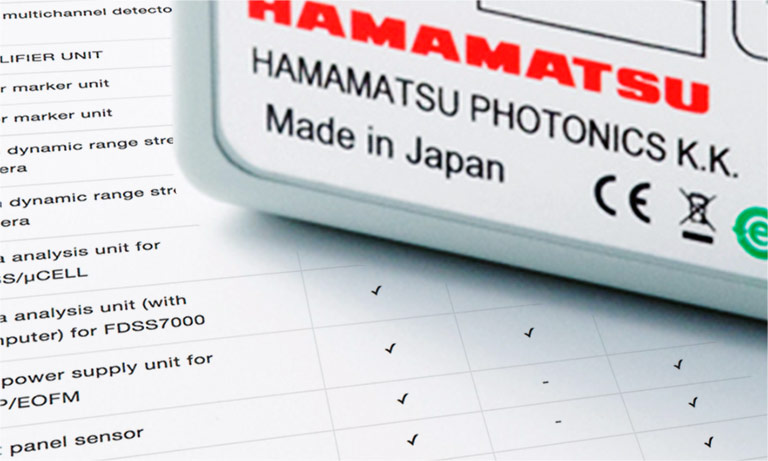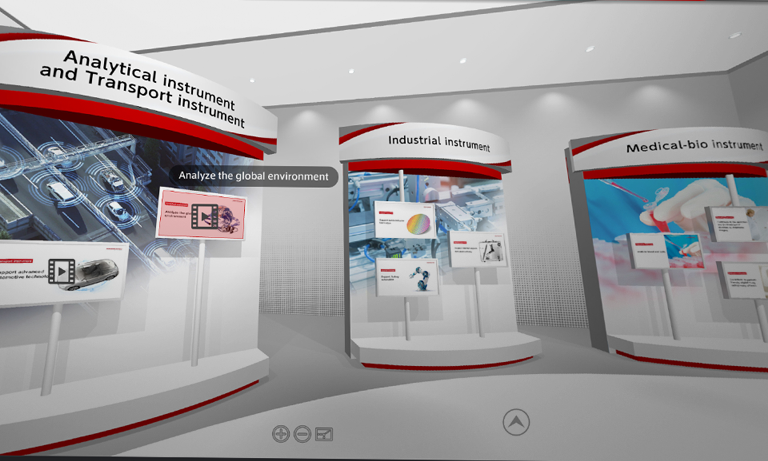United States (EN)
Select your region or country.
A
Activation energy
This is the energy required for a substance to perform a reaction. In the Arrhenius equation for calculating the speed of a chemical reaction, activation energy is used as an indicator for expressing how easily a chemical reaction occurs. The Arrhenius equation is used to calculate the service life of an LED, etc. The activation energy of LED degradation is obtained from the failure rate under several temperature conditions.
A/D converter
Device for converting analogue signals into digital signals.
Afterpulse
Afterpulses are pseudo signal pulses following the true signal output pulse. In an MPPC, this indicates a phenomenon that produces pulses other than signals when the generated carriers are trapped by crystal defects and then released at a certain time delay. Afterpulses can cause detection errors the same as from crosstalk and dark pulses. The lower the temperature, the higher the probability that carriers may be trapped by crystal defects, so afterpulses will increase.
Amorphous
Noncrystalline state having no definite form. For example, when a liquid or gaseous semiconductor is cooled and solidified so rapidly that no crystals are formed, it becomes amorphous. In this state, the crystal structure has a short-distance order but does not have a long-distance order, and a tail level appears at the band gap edge, making the optical characteristics different from those of monocrystalline or polycrystalline materials.
Amplifier/Preamplifier
A device for increasing the signal size from a photodector to make it easier to digitize.
Amplifier bandwidth
An amplifier's bandwidth (BW) is defined as the difference between the upper and lower frequency cutoff points. The cutoff points are where the signal drops by 3 dB.
Anisotropic etching
An etching process in which the etching speed in a particular direction is different from that in other directions. For example, when a (100) silicon substrate is alkaline etched, V-grooves are formed due to the fact that the etching speed on the (100) plane is faster than that on the (111) plane. Etching in which the etching speed is the same in all directions is called isotropic etching.
Anode luminous sensitivity
Anode luminous sensitivity is the anode output current (amplified by the secondary emission process) per incident light flux (10-10 to 10-5 lumens) on the photocathode. A tungsten filament lamp, operated at a distribution temperature of 2856K, is used to provide the incident light. Cathode and anode luminous sensitivity are particularly useful when comparing tubes having the same or similar spectral response.
Anode luminous sensitivity is expressed in A/lm (amperes per lumen). Note that the lumen is a unit used for luminous flux in the visible region and therefore these values may be meaningless for tubes that are sensitive beyond the visible light region.
Anodic bonding
When the flat surface of glass containing alkali metal is attached to the flat surface of silicon and heated while a voltage is being applied, an electrostatic attractive force is generated at the interface between the glass and silicon. Anodic bonding is the bonding technique that makes use of this phenomenon. During anodic bonding, the silicon side is used as the anode.
Arrhenius equation
The equation (see below) describing the temperature dependence of chemical/physical reaction speeds, proposed by S. A. Arrhenius (Sweden) in 1889. This equation is used to calculate the expected life of a component when a major cause of degradation of the component is probably temperature.$$ K=A\cdot exp \bigl( -\frac{Ea}{k\cdot T} \bigr)$$ K: reaction speed
A: constant
Ea: activation energy [eV]
k: Boltzmann's constant [eV/K]
T: absolute temperature [K]
ASE (amplified spontaneous emission)
An optical amplifier amplifies signal light by induction radiation. However, it emits energy little by little even under conditions where no signal light is input. This is optical amplifier spontaneous emission and is referred to as ASE. This ASE is noise and degrades characteristics.
Average/typical life - Lamp
Length of time the lamp usually operates to with 50% of stated specifications, including output energy, drift and fluctuations.
Using a lamp with a longer life leads to the reduction of maintenance cost as well as the time and running cost of equipment. Due to unique electrode structures with minimum electrode wear, Hamamatsu lamps feature unprecedented high stability over extended periods of operating time.
- Confirmation
-
It looks like you're in the . If this is not your location, please select the correct region or country below.
You're headed to Hamamatsu Photonics website for US (English). If you want to view an other country's site, the optimized information will be provided by selecting options below.
In order to use this website comfortably, we use cookies. For cookie details please see our cookie policy.
- Cookie Policy
-
This website or its third-party tools use cookies, which are necessary to its functioning and required to achieve the purposes illustrated in this cookie policy. By closing the cookie warning banner, scrolling the page, clicking a link or continuing to browse otherwise, you agree to the use of cookies.
Hamamatsu uses cookies in order to enhance your experience on our website and ensure that our website functions.
You can visit this page at any time to learn more about cookies, get the most up to date information on how we use cookies and manage your cookie settings. We will not use cookies for any purpose other than the ones stated, but please note that we reserve the right to update our cookies.
1. What are cookies?
For modern websites to work according to visitor’s expectations, they need to collect certain basic information about visitors. To do this, a site will create small text files which are placed on visitor’s devices (computer or mobile) - these files are known as cookies when you access a website. Cookies are used in order to make websites function and work efficiently. Cookies are uniquely assigned to each visitor and can only be read by a web server in the domain that issued the cookie to the visitor. Cookies cannot be used to run programs or deliver viruses to a visitor’s device.
Cookies do various jobs which make the visitor’s experience of the internet much smoother and more interactive. For instance, cookies are used to remember the visitor’s preferences on sites they visit often, to remember language preference and to help navigate between pages more efficiently. Much, though not all, of the data collected is anonymous, though some of it is designed to detect browsing patterns and approximate geographical location to improve the visitor experience.
Certain type of cookies may require the data subject’s consent before storing them on the computer.
2. What are the different types of cookies?
This website uses two types of cookies:
- First party cookies. For our website, the first party cookies are controlled and maintained by Hamamatsu. No other parties have access to these cookies.
- Third party cookies. These cookies are implemented by organizations outside Hamamatsu. We do not have access to the data in these cookies, but we use these cookies to improve the overall website experience.
3. How do we use cookies?
This website uses cookies for following purposes:
- Certain cookies are necessary for our website to function. These are strictly necessary cookies and are required to enable website access, support navigation or provide relevant content. These cookies direct you to the correct region or country, and support security and ecommerce. Strictly necessary cookies also enforce your privacy preferences. Without these strictly necessary cookies, much of our website will not function.
- Analytics cookies are used to track website usage. This data enables us to improve our website usability, performance and website administration. In our analytics cookies, we do not store any personal identifying information.
- Functionality cookies. These are used to recognize you when you return to our website. This enables us to personalize our content for you, greet you by name and remember your preferences (for example, your choice of language or region).
- These cookies record your visit to our website, the pages you have visited and the links you have followed. We will use this information to make our website and the advertising displayed on it more relevant to your interests. We may also share this information with third parties for this purpose.
Cookies help us help you. Through the use of cookies, we learn what is important to our visitors and we develop and enhance website content and functionality to support your experience. Much of our website can be accessed if cookies are disabled, however certain website functions may not work. And, we believe your current and future visits will be enhanced if cookies are enabled.
4. Which cookies do we use?
There are two ways to manage cookie preferences.
- You can set your cookie preferences on your device or in your browser.
- You can set your cookie preferences at the website level.
If you don’t want to receive cookies, you can modify your browser so that it notifies you when cookies are sent to it or you can refuse cookies altogether. You can also delete cookies that have already been set.
If you wish to restrict or block web browser cookies which are set on your device then you can do this through your browser settings; the Help function within your browser should tell you how. Alternatively, you may wish to visit www.aboutcookies.org, which contains comprehensive information on how to do this on a wide variety of desktop browsers.
5. What are Internet tags and how do we use them with cookies?
Occasionally, we may use internet tags (also known as action tags, single-pixel GIFs, clear GIFs, invisible GIFs and 1-by-1 GIFs) at this site and may deploy these tags/cookies through a third-party advertising partner or a web analytical service partner which may be located and store the respective information (including your IP-address) in a foreign country. These tags/cookies are placed on both online advertisements that bring users to this site and on different pages of this site. We use this technology to measure the visitors' responses to our sites and the effectiveness of our advertising campaigns (including how many times a page is opened and which information is consulted) as well as to evaluate your use of this website. The third-party partner or the web analytical service partner may be able to collect data about visitors to our and other sites because of these internet tags/cookies, may compose reports regarding the website’s activity for us and may provide further services which are related to the use of the website and the internet. They may provide such information to other parties if there is a legal requirement that they do so, or if they hire the other parties to process information on their behalf.
If you would like more information about web tags and cookies associated with on-line advertising or to opt-out of third-party collection of this information, please visit the Network Advertising Initiative website http://www.networkadvertising.org.
6. Analytics and Advertisement Cookies
We use third-party cookies (such as Google Analytics) to track visitors on our website, to get reports about how visitors use the website and to inform, optimize and serve ads based on someone's past visits to our website.
You may opt-out of Google Analytics cookies by the websites provided by Google:
https://tools.google.com/dlpage/gaoptout?hl=en
As provided in this Privacy Policy (Article 5), you can learn more about opt-out cookies by the website provided by Network Advertising Initiative:
http://www.networkadvertising.org
We inform you that in such case you will not be able to wholly use all functions of our website.
Close
